In interior design, forms refer to the shapes and configurations of various elements within a space. Different types of forms can be used to create visual interest, establish a design style, or evoke a particular mood. Here are some common types of forms used in interior design:
Rectilinear Forms: Rectilinear forms are characterized by straight lines and right angles. They include shapes such as squares, rectangles, and cubes. Rectilinear forms are often associated with minimalist and modern design styles, as they create a sense of order, simplicity, and precision
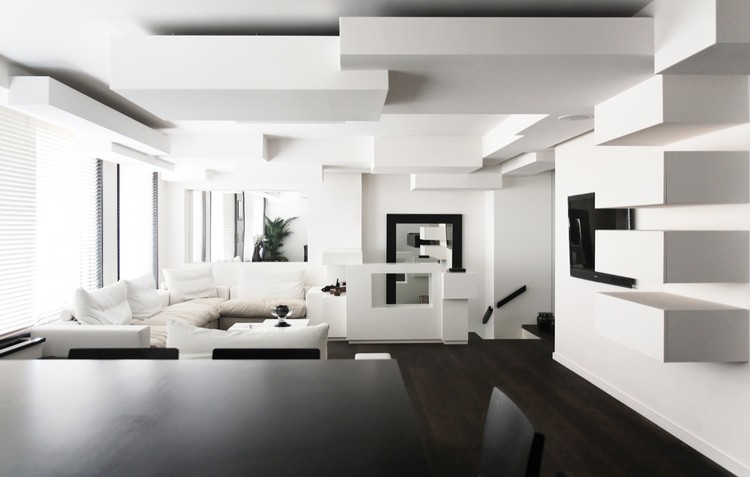
Curvilinear Forms: Curvilinear forms have smooth, curved lines without any sharp angles. They include shapes like arcs, curves, and waves. Curvilinear forms can add a sense of elegance, movement, and fluidity to an interior design. They are often used in styles like Art Nouveau and organic designs
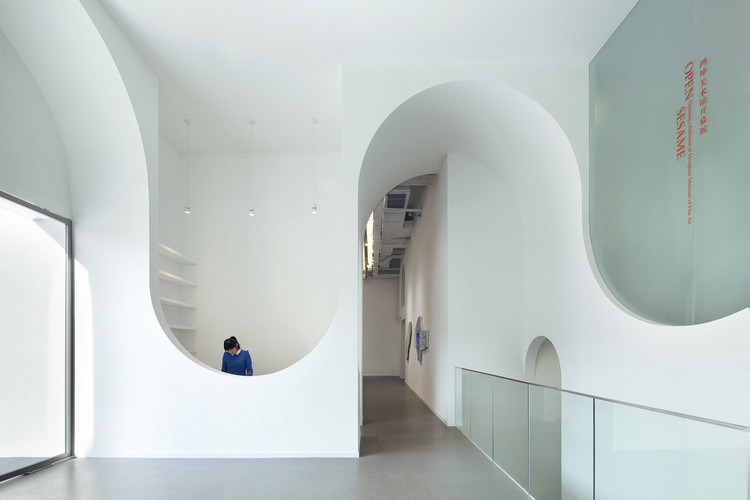
Geometric Forms: Geometric forms are based on geometric shapes such as circles, triangles, squares, and polygons. They can be regular or irregular in their arrangements. Geometric forms are commonly used in contemporary and modern design styles, where clean lines and geometric patterns are emphasized
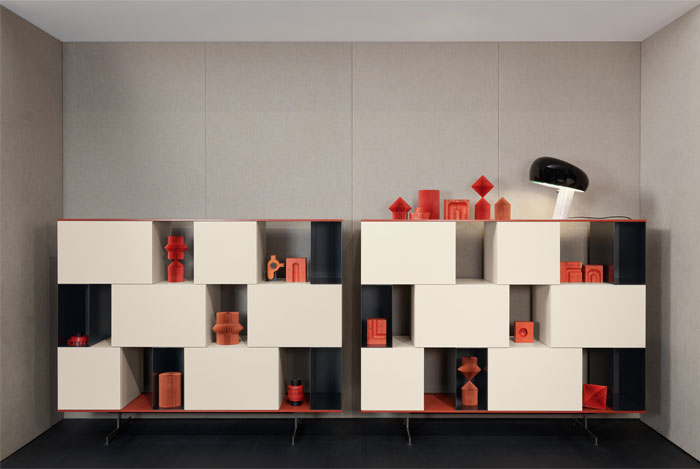
Organic Forms: Organic forms are inspired by natural shapes and have curvilinear, flowing contours. They mimic forms found in nature, such as leaves, flowers, and rocks. Organic forms can create a softer, more fluid and harmonious atmosphere in an interior space. They are often used in styles like organic modernism and biomorphic design

Abstract Forms: Abstract forms are non-representational and do not directly resemble any specific object or shape. They are often characterized by irregular, unpredictable, and unconventional configurations. Abstract forms can add a sense of creativity, individuality, and artistic expression to an interior design
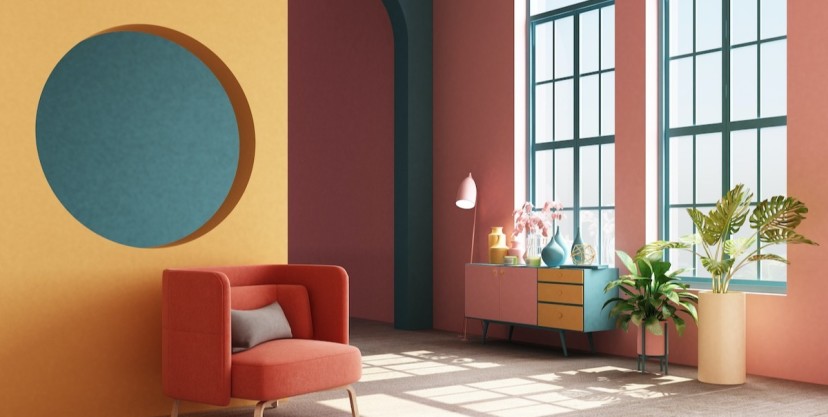
Angular Forms: Angular forms have sharp, angular lines and edges. They include shapes like triangles, trapezoids, and irregular polygons. Angular forms can create a bold, dynamic, and edgy aesthetic in an interior design. They are often used in styles like industrial and contemporary designs
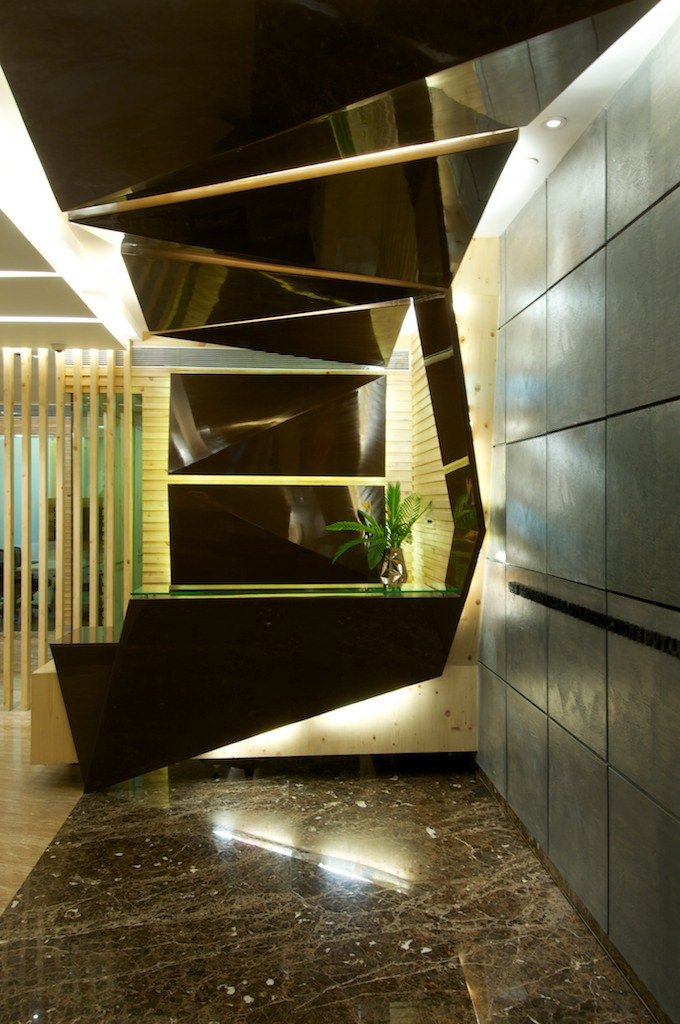
Repetitive Forms: Repetitive forms involve the repetition of a particular shape or element throughout a space. They can create a sense of rhythm, pattern, and visual continuity. Repetitive forms can be achieved through architectural features, furniture arrangements, or decorative elements

Fluid Forms: Fluid forms have flowing, organic shapes that suggest movement and grace. They often have a sense of continuous flow and can create a sense of dynamism and energy in an interior design. Fluid forms are commonly used in styles like Art Deco and contemporary organic designs
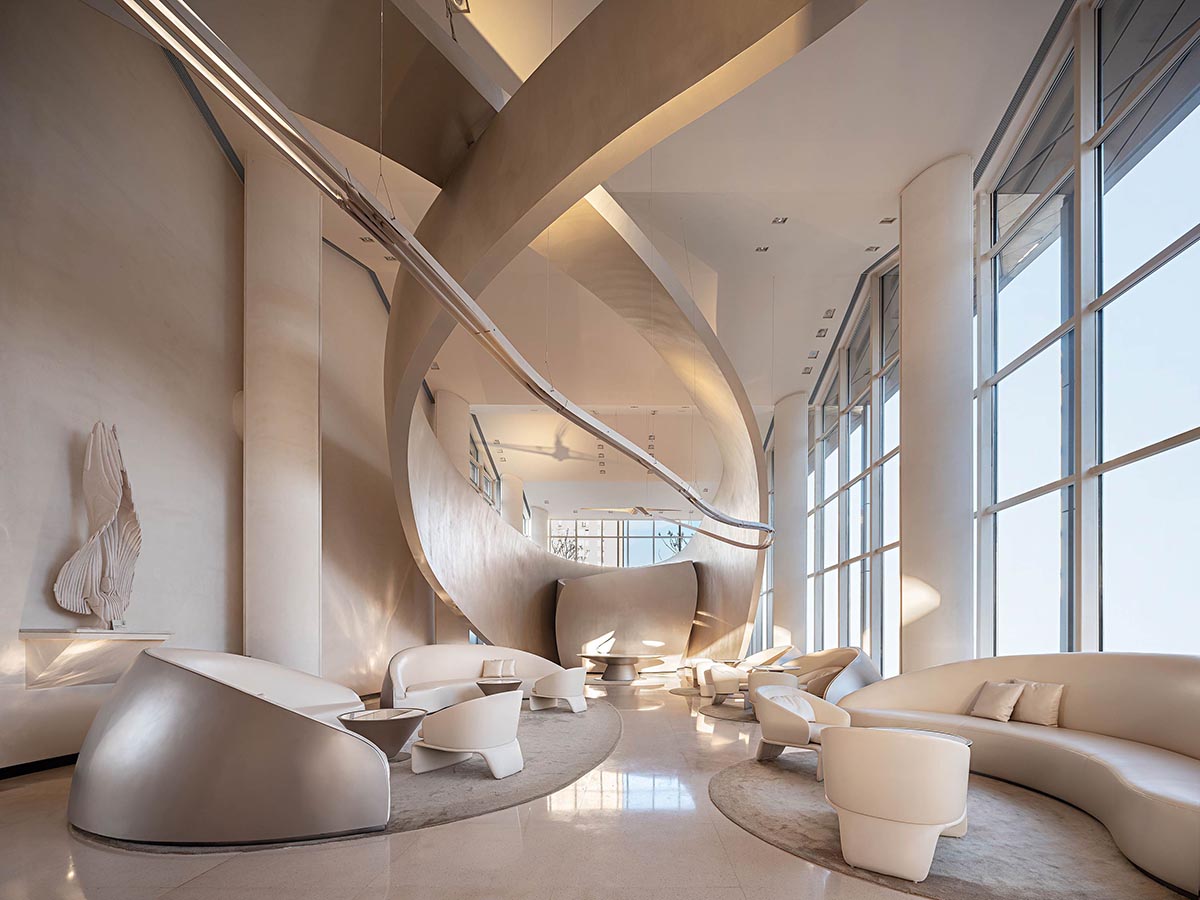
These are just some of the types of forms used in interior design. Designers often combine different forms to create unique and visually appealing spaces that reflect the desired style and ambiance. The choice of forms depends on the overall design concept, functional requirements, and the desired atmosphere of the space.










